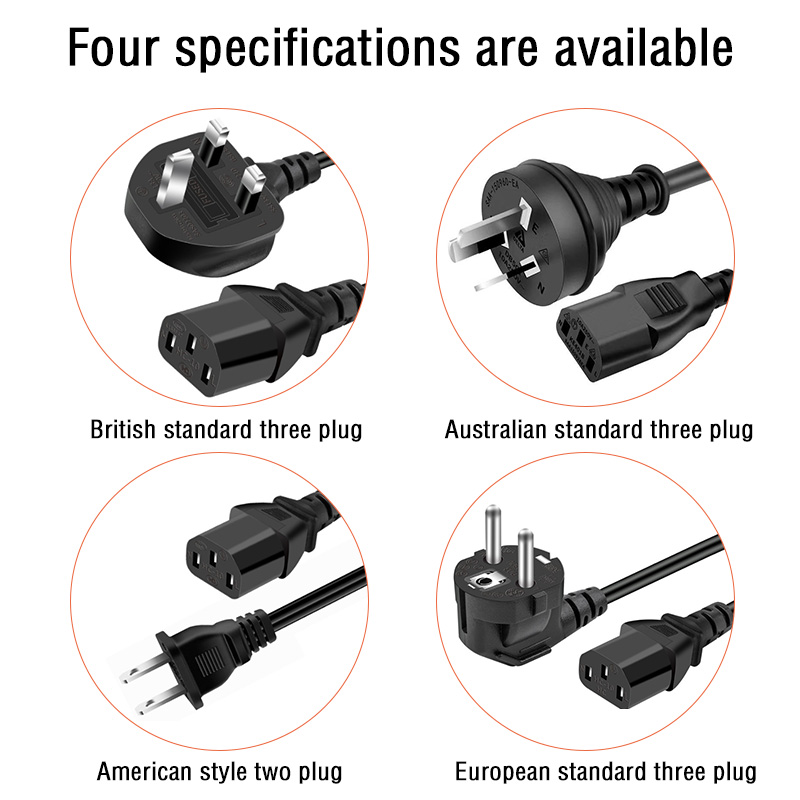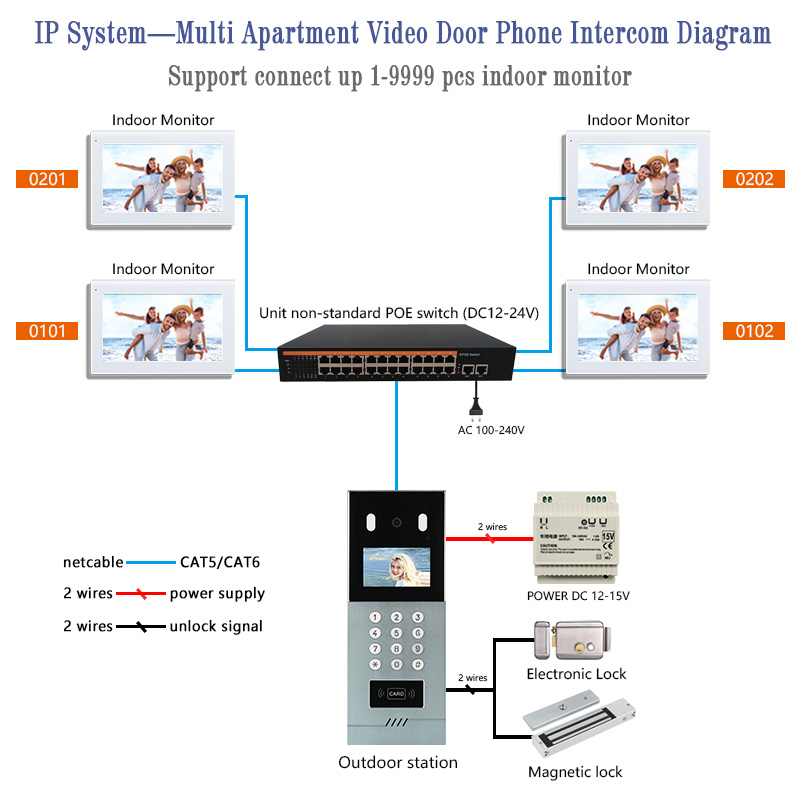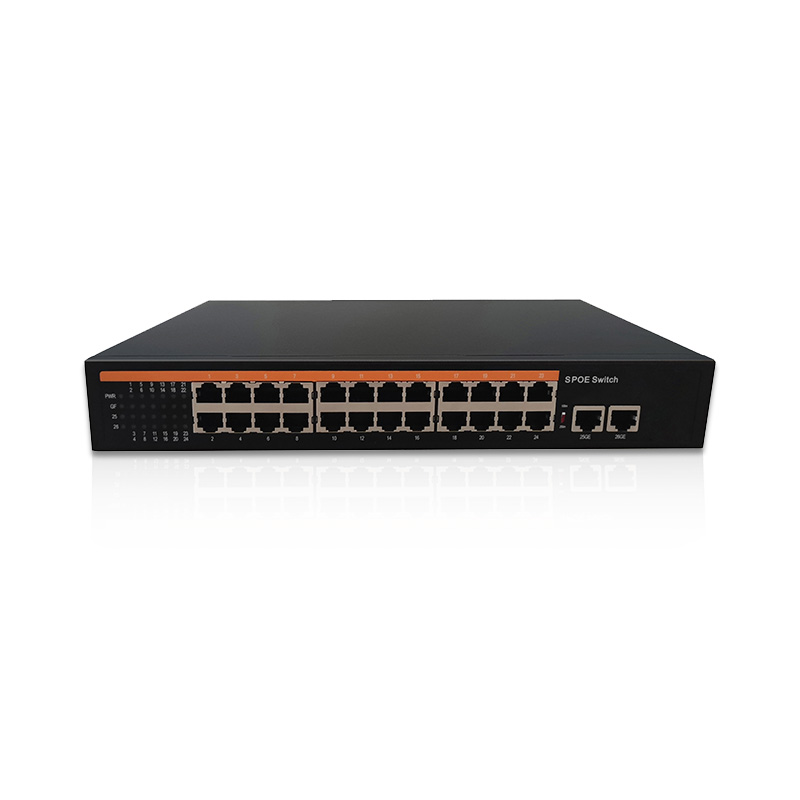24+2 Non-standrd POE switch
- 1 sets
$53.14
Specifications
| Video door phone building intercom special products (support all IP Video door phone building intercom brands) |
| 24V (power supply mode: 45+, 78-) |
| dip switch to select transmission 100m or 250m |
| housing with wall mounting hole position, convenient installation. |
| Warm tip: pay attention to the order of the connectors of the power supply network cable - straight-through mode; (optional upstream 1 gigabit optical port, standard control sharpener) |
| with protection power supply function |
Structure Diagram


FAQ
Q1. What is the purpose of the IP building video intercom doorbell system?
A: The IP building video intercom doorbell system is designed to provide secure and convenient communication and access control for multi-unit buildings. It allows residents to communicate with visitors at the entrance, view them through video, and remotely grant access if needed.
Q2. What is a Non-standard POE switch and its role in the system?
A: A Non-standard POE switch is a Power over Ethernet switch specifically tailored for the IP building video intercom system. It provides both data and power to indoor monitors and other connected devices, simplifying the installation process by requiring only a single CAT6/CAT6 cable connection for each unit.
Q3. What is the significance of the different port configurations (4+2, 8+2, 16+2, 24+2) in the Non-standard POE switches?
A: The different port configurations correspond to the number of indoor monitors that can be connected to the switch. For instance, a 8+2 switch can power and manage up to 8 indoor monitors, along with providing uplink networking options through the additional 2 ports.
Q4. What is the purpose of the "Dip switch" in these switches?
A: The "Dip switch" serves the purpose of selecting the transmission distance for the connected devices. It can be toggled to choose between a 100-meter or 250-meter transmission range, depending on the specific requirements of the installation.
Q5. Can you explain the built-in power supply and its significance?
A: The built-in power supply provides the necessary electrical power to both the switch itself and the connected indoor monitors. It eliminates the need for additional power sources and ensures a streamlined installation process, simplifying the setup and maintenance of the system.
Q6. How does the system support networking within the unit?
A: The switches include uplink network ports that facilitate networking within the unit. These ports enable seamless communication between different devices within the same building unit, contributing to an integrated and efficient communication system.
Q7. What are the dimensions and weight of these Non-standard POE switches?
A: The dimensions and weights vary based on the port configurations. The dimensions range from 202*140*45mm to 310*182*45mm, and the net weights range from approximately 1.1kg to 2.2kg, ensuring a compact and space-efficient design for different installation requirements.
Q8. Is the Non-standard POE switch configurable for different installation settings?
A: Yes, some models offer optional configurations such as being placed on a desktop or equipped with ears for cabinet mounting. This flexibility caters to various installation preferences and ensures compatibility with different environments.
Q9. Can you elaborate on the warranty period for these switches.
A: All of the Non-standard POE switches come with a one-year warranty period. This warranty covers manufacturing defects and ensures that the switches operate reliably throughout their intended lifespan.
Q10. What is the purpose of the Gigabit cascade power ports and SFP port in the larger switch models?
















